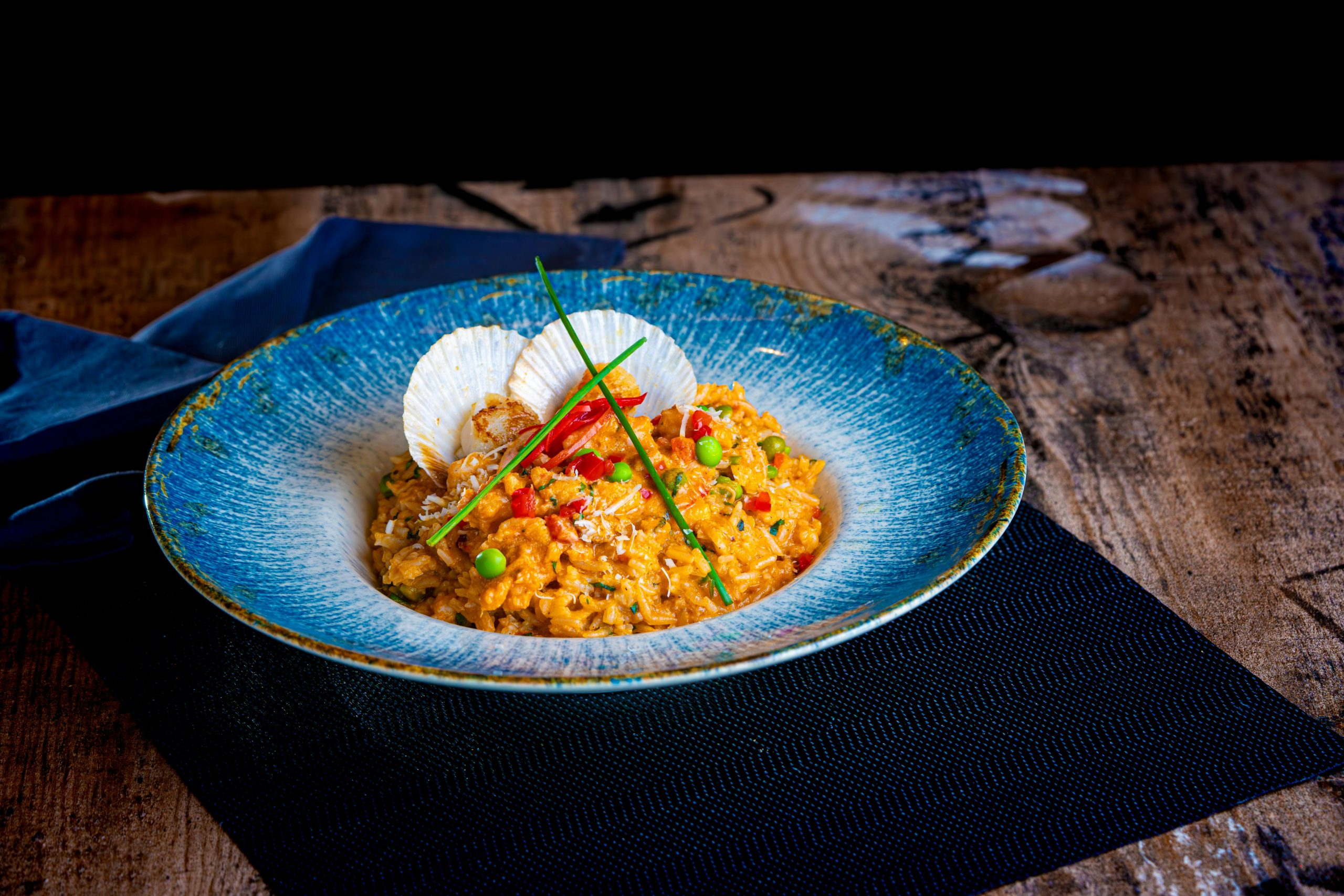Food Allergies Rising: Adapting Traditional Recipes for Modern Sensitivities
Food allergies are becoming increasingly common in modern societies. It seems like every day, a new food allergy is being discovered or an old one is becoming more prevalent. This rise in food allergies has created challenges for those who love to cook and enjoy traditional recipes. Many traditional recipes contain ingredients that can trigger allergic reactions, leaving those with food sensitivities feeling left out. However, with a little creativity and adaptation, it is possible to enjoy traditional dishes while catering to modern sensitivities. In this article, we will explore how to adapt traditional recipes for modern food allergies and sensitivities.
The Rise of Food Allergies
In recent years, there has been a significant increase in the number of people with food allergies. According to Mayo Clinic, food allergies affect up to 8% of children and 5% of adults. This means that approximately 32 million Americans have food allergies, with the most common triggers being peanuts, tree nuts, shellfish, fish, milk, eggs, soy, and wheat. The rise in food allergies has been linked to various factors, including genetics, environmental changes, and dietary changes.
The Difference between Allergies and Sensitivities
Before we dive into adapting traditional recipes, it is essential to understand the difference between food allergies and sensitivities. A food allergy is an immune system response to a particular food, triggered by the body’s production of antibodies. In contrast, a food sensitivity is a non-immunologic reaction to a certain food that causes an adverse physical reaction. While the two may have similar symptoms, food allergies can be life-threatening, while sensitivities are not. However, both allergies and sensitivities should be taken seriously, and people with either should avoid the trigger foods.
Adapting Traditional Recipes for Modern Sensitivities
Choose Allergen-Free or Substitute Ingredients
The first step in adapting traditional recipes for modern sensitivities is to identify the allergen. This is crucial since cooking for someone with a food allergy requires complete avoidance of the trigger food. For example, if a recipe calls for peanuts, but someone in your family has a peanut allergy, you can use a substitute like almond or cashew butter. Additionally, many grocery stores now offer allergen-free alternatives for common ingredients like milk, eggs, and gluten-free flours. Using these substitutes will ensure that everyone can enjoy the dish without any adverse reactions.
Experiment with Alternative Cooking Methods
Traditional recipes often call for ingredients that can trigger adverse reactions when consumed. For example, dairy products like milk and cheese are common in many dishes but can cause allergic reactions in some people. To adapt these recipes, you can experiment with alternative cooking methods. Instead of using regular milk, you can try using almond or soy milk, and instead of cheese, you can use nutritional yeast, which has a similar flavor. Other alternatives include using vegan butter instead of regular butter, or using apple cider vinegar as a substitute for eggs.
Focus on Fresh Ingredients
One of the simplest ways to adapt traditional recipes is to focus on using fresh ingredients. By using fresh produce and making homemade sauces and dressings, you can avoid any potential trigger foods. This will not only make the dish safer for those with food allergies but also make it healthier and more flavorful. Additionally, cooking from scratch allows you to have complete control over the ingredients, reducing the risk of cross-contamination with trigger foods.
Be Mindful of Cross-Contamination
Cross-contamination can be a significant concern for people with food allergies, especially when it comes to cooking in a shared kitchen. To avoid cross-contamination, it is essential to be mindful of the utensils, cutting boards, and cookware used. It is best to use separate utensils and cookware for preparing allergen-free dishes. If that is not possible, make sure to thoroughly clean and sanitize all cooking equipment before using them for a different dish. It is also crucial to label and store ingredients separately to prevent mix-ups.
In Conclusion
The rise of food allergies and sensitivities can make it challenging to enjoy traditional dishes without adverse reactions. However, with a little creativity and adaptation, it is possible to continue enjoying these dishes while catering to modern sensitivities. By choosing allergen-free or substitute ingredients, experimenting with alternative cooking methods, focusing on fresh ingredients, and being mindful of cross-contamination, everyone can enjoy traditional recipes without sacrificing flavor or safety.
References:
Mayo Clinic – https://www.mayoclinic.org/diseases-conditions/food-allergy/symptoms-causes/syc-20355095










